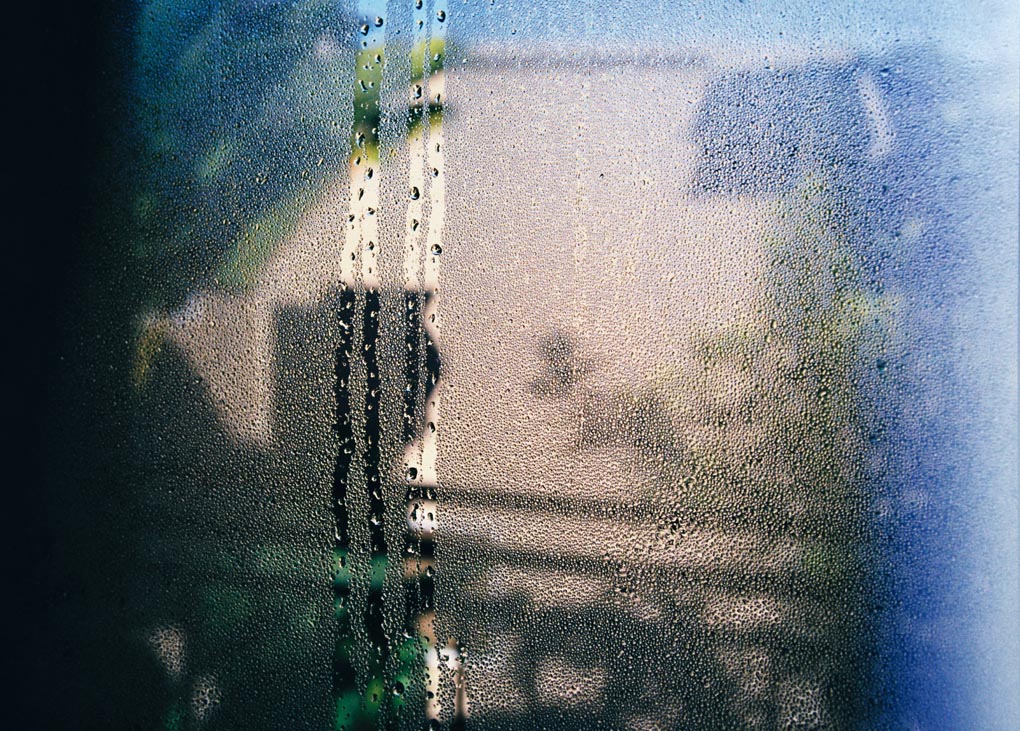New research indicates that the poor condition of Australian rental properties, particularly with respect to heating, cooling and moisture management, are putting residents’ health and wellbeing at risk.
The paper, authored by researchers from the University of South Australia, University of Adelaide, and University of Melbourne, reviewed rental housing standards, housing and health policy in Australia, New Zealand and the UK. It found that while international regulations exist, there is no comparable Australian instrument to ensure the quality and condition of these homes.
UniSA Enterprise Fellow and Associate Professor in Architecture Dr Lyrian Daniel says that although the National Construction Code now requires new houses in Australia to have a seven-star energy efficiency rating, existing housing stock remains among the least energy efficient in Australia.
“People who are renting a home have a right to expect that their housing is fit for living,” she says. “But when we are continually seeing reports of mould, disrepair, and other awful conditions, we know that something is wrong.
“Internationally, other countries are a step ahead of us in putting better protections in place”.
In the UK, all rented houses must be fit for human habitation under the Homes Act 2018, and in New Zealand the Healthy Homes Guarantee Act 2017 requires all rental properties to meet the Healthy Homes Standard.
“The evidence shows that formalised standards reduce substandard housing conditions,” Dr Daniel says.
“Australia has no such legislation. This leaves many people with no option but to endure poor living conditions such as houses that are cold, damp, or mouldy.”
A recent article published by The Conversation and co-authored by Dr Daniel shows four out of five Australian homes fail to meet World Health Organization minimum standards for warmth. Before COVID-19, research found an estimated one million Australians were living in poor to very poor housing.
Dr Daniel says rising interest rates and other factors are likely to have drastically increased this pre-COVID figure.
“We are seeing a perfect storm for renters at the moment,” she says. “Cost of living pressures, record low vacancy rates and a housing stock largely unregulated in terms of quality and condition mean that many households have no choice but to put up with conditions that may be harming their family’s health.”
Reflecting on the learnings from the UK and NZ case studies, the paper’s authors identified five institutional shifts required to improve healthy housing standards in the country. These include changes to policy, improved awareness, and sector advocacy.
But Dr Daniel says there is also some cause for cautious optimism regarding housing policy in Australia, with renewed interest from all levels of government.
“The lessons learned from our international counterparts represent a chance for us to put some solid policies in place to make sure that all Australians have homes that are health supporting. But we need to make sure that our politicians and policy makers know that this is an important issue.”
Photo by Randy Laybourne on Unsplash
 Mark Vender
Mark Vender


Leave a Reply